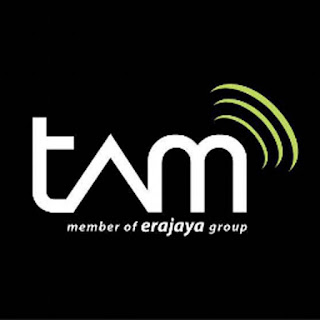Programmable Logic Controllers (PLCs)
Programmbable Logic Controllers (PLCs), also referred to as programmable controllers, are in the computer family. They are used in commercial and industrial applications. A PLCs monitors inputs, makes decisions based on its program, and controls outputs to automate a process or machine. This course is meant to supply you with basic information on the functions and configurations of PLCs.
Basic PLC Operation
PLCs consist of input modules or points, a Central Processing Unit (CPU), and output modules or points. An input accepts a variety of digital or analog signals from various field devices (sensors) and converts them into a logic signal that can be used by the CPU. The CPU makes decisions and excecutes control instructions based on program instructions in memory. Output modules convert control instructions from the CPU into a digital or analog signal that can be used to control various field devices (actuators). A programming device is used to input the desired instrutions. These instructions determine what the PLC will do for a specific input. An operator interface device allows process informatioan to be displaayed and new control parametes to be entered.
Pushbuttons (sensors), inthis simple example, connected to PLC inputs, can be used to start and stop a motor connected to a PLC through a motor starter (actuator).
Hard-Wired Control
Prior to PLCs, many of these control tasks were solved with contactor or relay controls. This is often referred to as hardwired control. Circuit diagrams had to be designed, electrical components specified and installed, and wiring lists created. Electricians would then wire the components necessary to perform a specific task. If an error was made the wires had to be reconnected correctly. A change in function or system expansion required extensive component changes and rewiring.
The same, as well as more complex tasks, can be done with a PLC. Wiring between devices and relay contacts is done in the PLC program. Hard-wiring, though still required to connect field devices, is less intensive. Modifying the aplication and correcting errors are easier to handle. It is easier to handle. It is easier to create and change a program in a PLC than it is to wire and rewire a circuit.
Following are just a few of the advantages of PLCs:
- Smaller physical size tahn hard-wire solutions.
- Easier and faster to make changes
- PLCs have integrated diagnostics and override functions
- Diagnostics are centrally available
- Applications can be immediately documented
- Applications can be duplicated faster and less expensively
Retyped from: Guide Book of SIEMENS Step 2000 Basic of PLCs
Basic PLC Operation
PLCs consist of input modules or points, a Central Processing Unit (CPU), and output modules or points. An input accepts a variety of digital or analog signals from various field devices (sensors) and converts them into a logic signal that can be used by the CPU. The CPU makes decisions and excecutes control instructions based on program instructions in memory. Output modules convert control instructions from the CPU into a digital or analog signal that can be used to control various field devices (actuators). A programming device is used to input the desired instrutions. These instructions determine what the PLC will do for a specific input. An operator interface device allows process informatioan to be displaayed and new control parametes to be entered.
Pushbuttons (sensors), inthis simple example, connected to PLC inputs, can be used to start and stop a motor connected to a PLC through a motor starter (actuator).
Hard-Wired Control
Prior to PLCs, many of these control tasks were solved with contactor or relay controls. This is often referred to as hardwired control. Circuit diagrams had to be designed, electrical components specified and installed, and wiring lists created. Electricians would then wire the components necessary to perform a specific task. If an error was made the wires had to be reconnected correctly. A change in function or system expansion required extensive component changes and rewiring.
The same, as well as more complex tasks, can be done with a PLC. Wiring between devices and relay contacts is done in the PLC program. Hard-wiring, though still required to connect field devices, is less intensive. Modifying the aplication and correcting errors are easier to handle. It is easier to handle. It is easier to create and change a program in a PLC than it is to wire and rewire a circuit.
Following are just a few of the advantages of PLCs:
- Smaller physical size tahn hard-wire solutions.
- Easier and faster to make changes
- PLCs have integrated diagnostics and override functions
- Diagnostics are centrally available
- Applications can be immediately documented
- Applications can be duplicated faster and less expensively
Retyped from: Guide Book of SIEMENS Step 2000 Basic of PLCs







Comments
Post a Comment